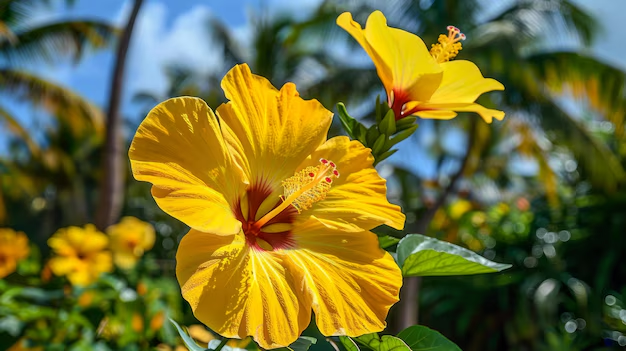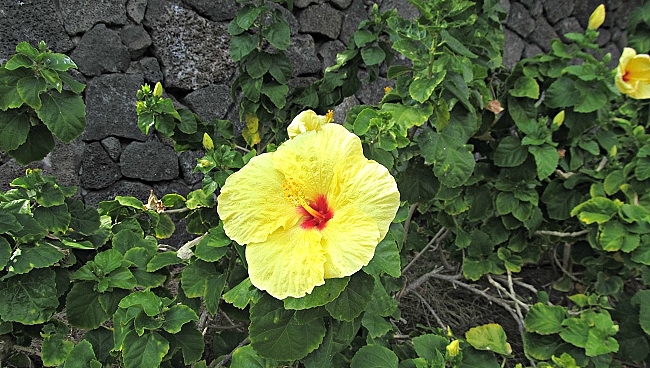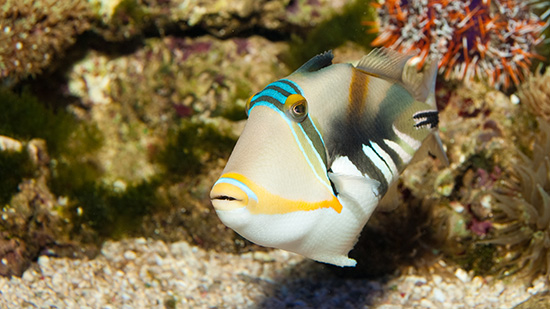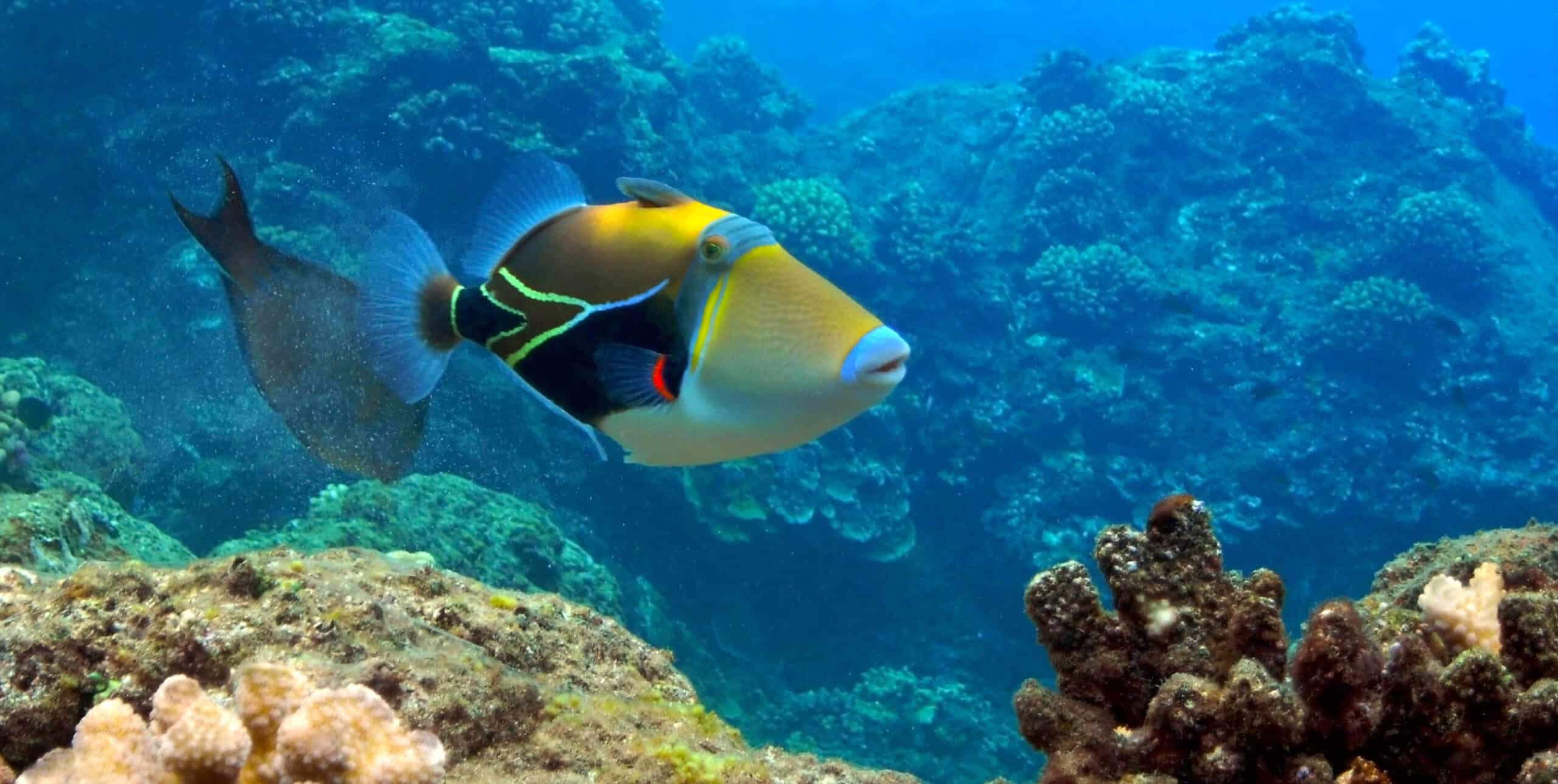When you think of Hawaii, images of stunning beaches, lush greenery, and vibrant flowers often come to mind. Among these beautiful plants, the Hawaii state flower stands out as a symbol of the islands’ natural beauty and rich culture. The hibiscus flower is not just a pretty bloom; it holds deep significance for the Hawaiian people and represents the unique spirit of the islands. In this article, we will explore the hibiscus flower in detail, covering its history, varieties, cultural importance, and much more.
The History of the Hibiscus Flower in Hawaii
The hibiscus flower has a long and storied history in Hawaii. Native to tropical regions, this flower was introduced to the Hawaiian Islands by early Polynesian voyagers. These voyagers brought various plants with them, including the hibiscus, which quickly adapted to the island’s climate.
Early Uses
In ancient Hawaiian culture, the hibiscus was not only admired for its beauty but also had practical uses. The flower’s fibers were used to make clothing, ropes, and other necessities. Additionally, the hibiscus was often used in traditional Hawaiian ceremonies and rituals, showcasing its cultural significance. You Can Also Read This Hawaii Snow: A Unique Phenomenon in Paradise
The Symbol of Aloha
The hibiscus flower is often associated with the spirit of aloha, which embodies love, compassion, and kindness. In Hawaiian culture, wearing a hibiscus flower in your hair can signify your relationship status. For example, if a woman wears the flower over her right ear, it indicates that she is available, while wearing it on the left side signifies that she is taken.
Characteristics of the Hibiscus Flower
Hibiscus flowers are known for their large, colorful blooms and distinctive shape. They come in various colors, including red, yellow, pink, and white, each adding to the vibrant landscape of Hawaii.
Size and Shape
The hibiscus flower is typically large, with petals that can reach up to six inches in diameter. The petals are often broad and have a trumpet-like shape, which makes them easily recognizable. The flower’s center contains a prominent stamen, which gives it a striking appearance.
Varieties of Hibiscus
Hawaii is home to several varieties of hibiscus, each with its unique characteristics. Some of the most common types include:
- Hibiscus rosa-sinensis: This is the most well-known species, often referred to as the Chinese hibiscus. It is recognized for its vibrant colors and large blooms.
- Hibiscus brackenridgei: Known as the Hawaiian native hibiscus, this species is the official state flower of Hawaii. It has bright yellow petals and is found in the wild in various regions of the islands.
- Hibiscus syriacus: Also known as the rose of Sharon, this variety is popular for its hardiness and ability to thrive in different conditions.
Cultural Significance of the Hibiscus Flower
The hibiscus flower plays a crucial role in Hawaiian culture and traditions. It is more than just a beautiful bloom; it represents the identity and heritage of the Hawaiian people.
Festivals and Celebrations
Hibiscus flowers are often featured in Hawaiian festivals and celebrations. From hula performances to lei-making ceremonies, the hibiscus is a prominent symbol of joy and festivity. During the Aloha Festivals, for example, you can see the flower used in various decorations and traditional attire.
Symbol of Hospitality
In Hawaiian culture, the hibiscus is a symbol of hospitality. Visitors to the islands are often greeted with leis made of hibiscus flowers, signifying warmth and welcome. This tradition reflects the spirit of aloha that the Hawaiian people are known for.
Medicinal Uses
In addition to its cultural significance, the hibiscus flower has been used in traditional medicine. The petals and leaves contain properties that are believed to help with various ailments. For instance, hibiscus tea is known for its refreshing taste and potential health benefits, such as lowering blood pressure.
Growing Hibiscus in Hawaii
If you’re interested in experiencing the beauty of hibiscus flowers firsthand, you may consider growing them in your garden. Hibiscus plants thrive in Hawaii’s warm climate, making them a popular choice for local gardeners.
Choosing the Right Variety
When selecting a hibiscus variety to grow, consider the climate and conditions of your garden. Some varieties may be better suited for specific environments, such as coastal areas or higher elevations. Local nurseries can provide guidance on which hibiscus types are best for your location.
Care and Maintenance
Hibiscus plants require regular care to flourish. Here are some essential tips for maintaining healthy hibiscus:
- Watering: Hibiscus plants need regular watering, especially during dry spells. Make sure the soil is well-drained to prevent root rot.
- Sunlight: These plants thrive in full sunlight. Aim for at least six hours of direct sunlight each day.
- Fertilizing: Use a balanced fertilizer to encourage blooming. Fertilize every few weeks during the growing season for optimal results.
- Pruning: Prune your hibiscus plants to promote bushy growth and remove any dead or damaged branches.
Hibiscus in Art and Fashion
The hibiscus flower has transcended its natural beauty to become a popular motif in art and fashion. Its vibrant colors and unique shape make it a favorite among artists and designers.
Artistic Representation
Many artists draw inspiration from the hibiscus flower, incorporating its beauty into paintings, sculptures, and photography. You can find hibiscus-themed artwork in galleries and homes throughout Hawaii, showcasing the flower’s significance in Hawaiian culture.
Fashion Trends
The hibiscus flower has also made its way into the fashion world. Clothing items, accessories, and even tattoos often feature the iconic flower. Many visitors to Hawaii purchase clothing adorned with hibiscus designs as a souvenir, bringing a piece of the islands home with them.
The Future of Hibiscus in Hawaii
As with many native plants, the hibiscus flower faces challenges from invasive species and environmental changes. Preserving these beautiful flowers is essential for maintaining Hawaii’s unique ecosystem and cultural heritage.
Conservation Efforts
Various organizations and local communities are actively working to conserve native Hawaiian plants, including the hibiscus. Initiatives include reforestation projects, educational programs, and awareness campaigns aimed at protecting these vital species.
Importance of Awareness
Understanding the significance of the hibiscus flower in Hawaiian culture can help foster appreciation and respect for the islands’ natural beauty. Visitors are encouraged to learn about the flower’s history and its role in local traditions, contributing to its preservation for future generations.
Frequently Asked Questions
What is the Hawaii state flower?
The Hawaii state flower is the hibiscus, specifically the Hibiscus brackenridgei, which has bright yellow petals.
Why is the hibiscus important to Hawaiian culture?
The hibiscus flower symbolizes hospitality, aloha, and is often used in festivals and traditional ceremonies, making it a significant cultural emblem.
Can hibiscus flowers be used for medicinal purposes?
Yes, hibiscus flowers have been used in traditional medicine, and hibiscus tea is known for its potential health benefits.
How do you care for hibiscus plants?
Hibiscus plants require regular watering, plenty of sunlight, balanced fertilization, and occasional pruning to thrive.
Are there different varieties of hibiscus in Hawaii?
Yes, Hawaii is home to several varieties of hibiscus, including the Hawaiian native hibiscus and the Chinese hibiscus, each with its unique characteristics.
Conclusion
The Hawaii state flower, the hibiscus, is a vibrant and meaningful symbol of the islands’ culture and natural beauty. From its historical significance to its role in contemporary art and fashion, the hibiscus embodies the spirit of aloha. Whether you’re visiting Hawaii or simply admiring its beauty from afar, the hibiscus flower serves as a reminder of the rich heritage and stunning landscapes that define this tropical paradise. For more insights into Hawaii’s culture and nature, visit Hawaiian Page.



